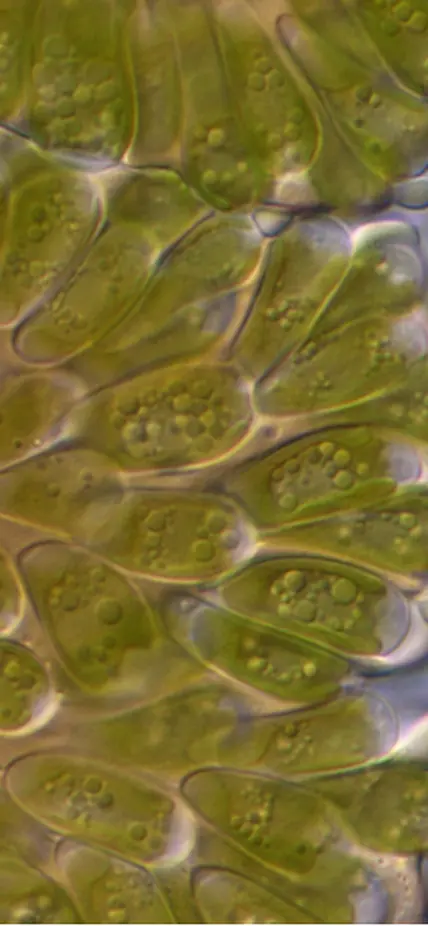Palo Alto, CA—Carnegie’s Arthur Grossman and Stanford University’s Ellen Yeh were awarded a $900, 000 grant this spring from the university’s public-private partnership Strategic Energy Alliance to research the synthesis of biofuels from a species of green microalgae called Botryococcus braunii.
Scientists from a diversity of research areas, including plant and algal biologists, are all applying their expertise to mitigate the dire consequences of climate change. But many first-generation biofuels, which are produced from edible crops like corn, pose a threat to food security by competing for land and freshwater reserves. They also often rely on fertilizers that can leach from the soil and pollute both marine and freshwater bodies, increasing the risk of creating hypoxic zones and toxic algal blooms—both of which have the potential to kill fish and other aquatic animals.
“Many biofuel-producing algae could be cultivated on marginal land, and some in saltwater or even wastewater,” said Grossman. “Plus, thanks to the much faster growth cycles of many newly characterized algal species, algal biomass and biofuel yields would be greater than those derived from plant-based options.”
However, there are some drawbacks to making commercially competitive biofuels using algae, which is why Grossman’s and Yeh’s research is necessary. They believe that Botryococcus braunii is a great fit for the development of a biofuel producer.
This green microalga grows in fresh and brackish water. Of particular interest is its ability to produce large quantities of long-chain hydrocarbons (liquid fuels!), which cause the cells to float. They are both released into the environment and stored in a matrix surrounding the cell. Grossman and Yeh believe that this hydrocarbon synthesis could be engineered to produce massive quantities of biofuel and that the alga’s unusual storage arrangement would make the biofuels easy to extract in comparison to those produced by crop plants.
The two researchers aim to identify the genes required for the successful production and export of these naturally produced long-chain hydrocarbons, then determine how to genetically engineer Botryococcus braunii cells, which has not been previously accomplished. Lastly, they will attempt to transfer the hydrocarbon-production pathway to other photosynthetic organisms that may be able to synthesize biofuels with even greater speed once enhanced with Botryococcus braunii’s abilities.
“This is the kind of high-risk, potentially high-reward work that is perfect for the academic setting,” Grossman concluded. “It can be both scientifically enlightening and socially beneficial.”
Top Image Caption: Botryococcus braunii from Kitsap Lake, Washington, USA oozing oil droplets. Photograph by © Karl Bruun posted on the AlgaeBase website.
